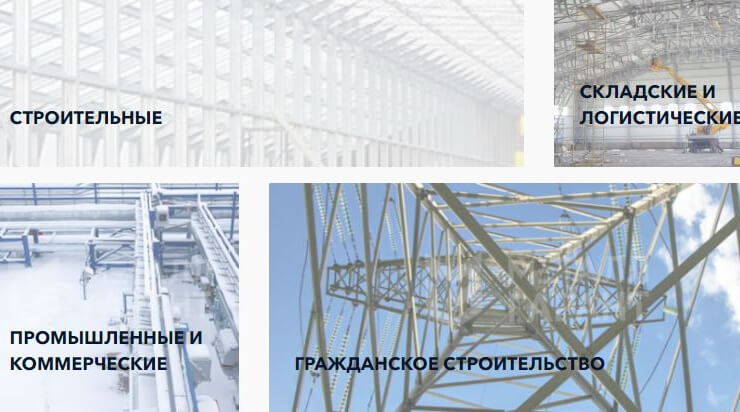Metal structures for industry
Iron is a plastic and strong material that can resist static and dynamic loads for a long time. It is not surprising that various metal structures are made from a metal profile. The technology for the production of structures has been worked out to the smallest detail. But, there is still an open question about the quality of the profile.
What is made of rolled metal
Practically any structure, if the customer needs to achieve two qualities at once: lightness and strength. Unlike any other building materials, the metal profile perfectly distributes the load throughout the structure. Due to this property, the most popular and frequently produced designs should be called:
- Supports for power lines, including high-voltage ones.
- Reliable and durable trusses of bridges and overpasses.
- Prefabricated warehouse and temporary production.
- Steel hangars for storage of products and vehicles.
- Supports for various structures.
Prefabricated structures are more popular. Since their parts can be manufactured in optimal conditions of industrial premises and only then mounted at the place of future operation. All-welded structures are also in demand. However, their construction requires sophisticated equipment.
Features of joining rolled metal
In order to make a construction reliable in everyday use from a metal profile, individual pieces of iron must be securely connected to each other. Modern technologies and time-tested methods are used by industry to about the same extent. In each case, engineers choose their own method. The most popular connection methods are worth highlighting:
- bolted or screw, allows you to quickly disassemble the structure;
- welds, reliable connection for fixed buildings;
- rivets are used for bridges, to protect against dynamic loads;
- forging is practically not used in the modern world;
- combined connections for ease of implementation of the project.
In any metal structure, rolled metal is important. If it is initially of high quality, it will perfectly resist everyday stress. It will withstand temporary increased loads created by the technological process or natural factors.
